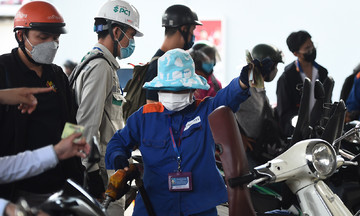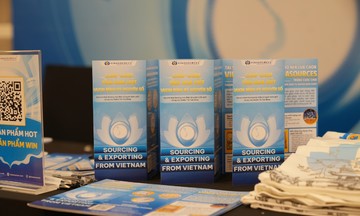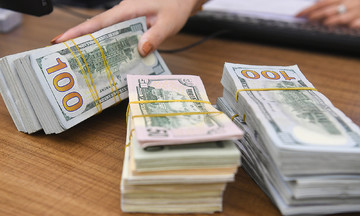On 24/7, Intel announced its second-quarter revenue reached $12.9 billion, flat year-over-year but ending a four-quarter decline and exceeding the forecast of $11.92 billion. However, the company reported a larger-than-expected net loss of $2.9 billion, equivalent to 67 cents per share.
In the same period of 2024, Intel lost $1.61 billion, or 38 cents per share. The second-quarter report is the second under new CEO Lip-Bu Tan, who took the helm in March and pledged to return the company to a competitive position. In a letter to employees on 24/7, he admitted that "the first few months of his term have not been easy."
Once the industry leader in chip manufacturing, Intel's market capitalization is now just over $90 billion, less than half of Advanced Micro Devices (AMD), valued at over $270 billion, while Nvidia has become a giant with a market capitalization of $4,230 billion.
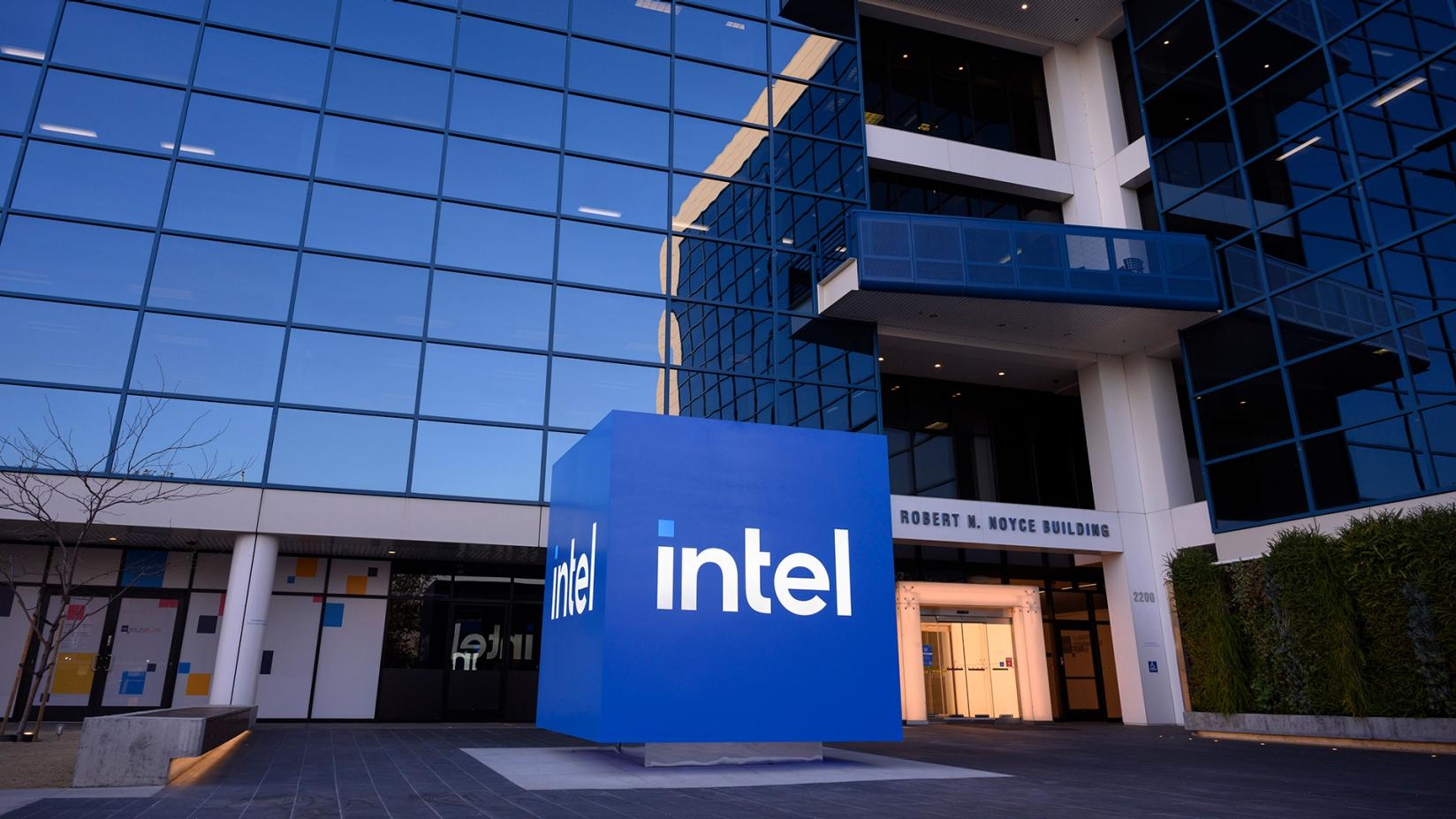 |
Outside Intel's headquarters in California. Photo: Intel |
Outside Intel's headquarters in California. Photo: Intel
Intel's stock is up 12.8% year-to-date, but lags behind its competitors. Over the same period, AMD's stock rose 34%, while AI chip star Nvidia's increased by 30%. Intel is trading at a 12-month forward P/E of 42.55, compared to 33.9 for Nvidia and 32.12 for AMD.
According to Reuters, Intel continues to fall deeper into crisis after years of mismanagement. The company has lost market share in its core PC and server chip business to rival AMD, while having virtually no presence in the AI chip sector dominated by Nvidia. Its costly and ambitious plans to develop a contracting foundry to compete with TSMC have also yet to bear fruit.
To turn the tide and return the company to its competitive position as promised, CEO Lip-Bu Tan is undertaking major restructuring. His plan includes staff cuts, resource reallocation, and divestment from some business segments. In the short term, the company aims to cut $17 billion in operating costs this year.
Regarding the workforce, on 24/7, Tan said the team will have 75,000 employees by the end of this year, a 22% reduction compared to the end of 2024, through voluntary departures and "other options." Most of the cuts have already been implemented. In the second quarter, layoffs accounted for a large portion of the $1.9 billion restructuring cost. According to Chief Financial Officer David Zinsner, Intel has performed "precision surgery" to eliminate middle management layers, with about 50% of middle management laid off.
With regard to financial discipline, Tan is working to correct the mistakes of his predecessor, declaring that "there will be no more blank checks," meaning spending cannot be as free as before. "Every investment must be economically efficient. We will only produce what customers need, when they need it, and build trust through consistent execution," he stated in his message to employees.
Specifically, Intel will change its production capacity building strategy, only building factories when there is real demand from customers. This is different from before, when the company spent money building factories in the US and elsewhere before even having orders. "I don't believe in just building a factory and customers will come," he said. Tan also emphasized that he would personally review and approve every important chip design of Intel.
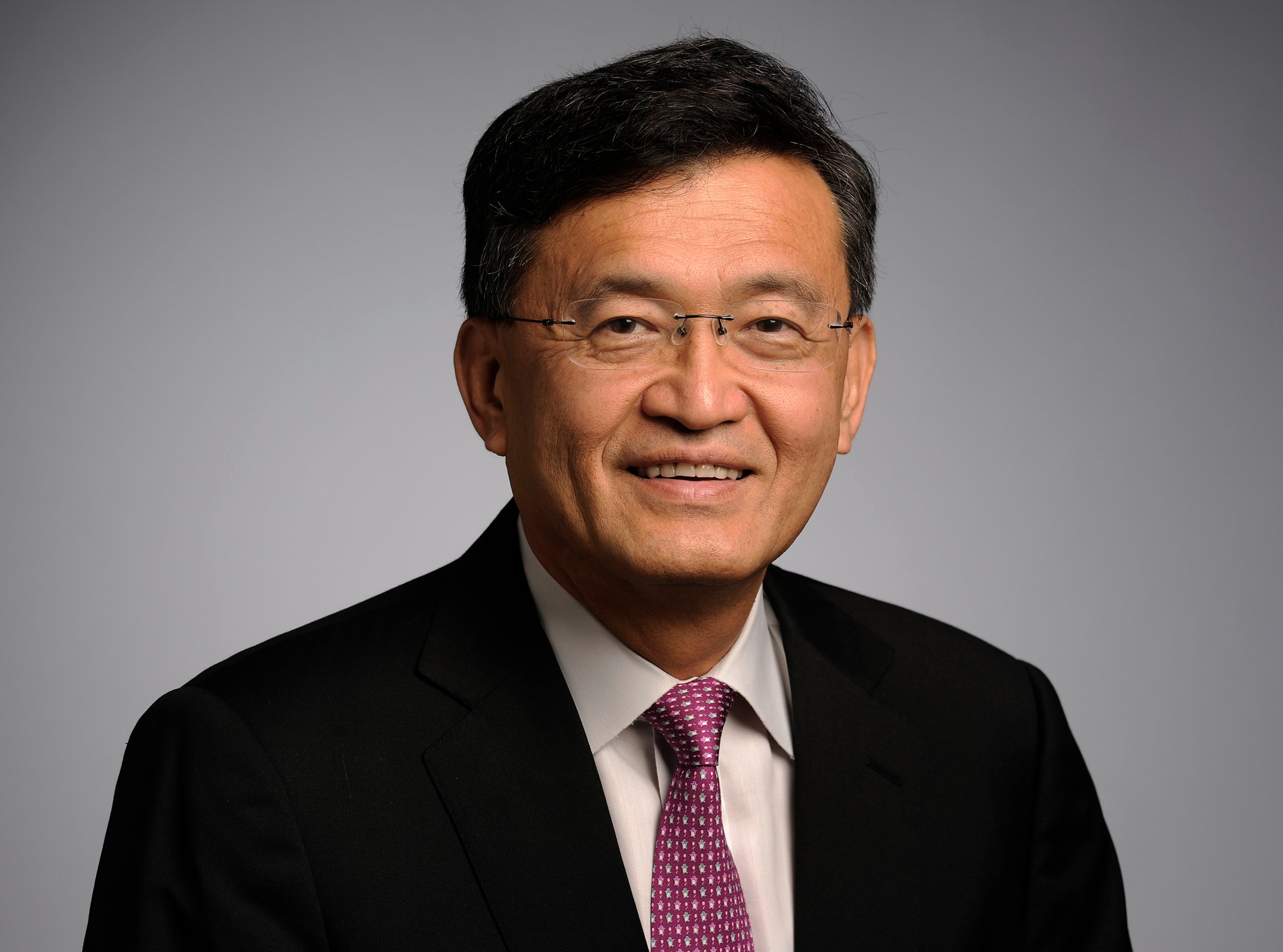 |
Intel CEO Lip-Bu Tan. Photo: Intel |
Intel CEO Lip-Bu Tan. Photo: Intel
Ben Bajarin, CEO of technology market analysis firm Creative Strategies, said this is a sign that Intel is building a more disciplined financial foundation. "That's the right approach," he commented.
According to the Intel CEO, the advanced 18A chip manufacturing process, which was heavily invested in by his predecessor Pat Gelsinger, can only be profitable if it is used for the company's own products. Therefore, he is trying to bring 18A into mass production and considering discontinuing the use of this technology for contracting with customers.
However, the risk is that this move could put $100 billion of Intel's assets at risk and make them even more dependent on rival TSMC. At the same time, it increases pressure on profit margins, which have already halved from their historical peak.
"Intel Foundry (chip foundry operations) is a big story, and people are questioning the success of 18A. If 18A fails, the whole story will collapse," said Hendi Susanto, investment director at Gabelli Funds.
With the next generation of chip production, 14A, Intel is aiming for a more disciplined approach, saying it will withdraw if it cannot find major customers for 14A. In addition, the company will delay the construction of a new factory in Ohio, halt plans for factories in Poland and Germany, and consolidate chip packaging operations in Costa Rica with existing centers in Vietnam and Malaysia.
Next, Tan's Intel recovery plan also focuses on eliminating non-core assets. In April, the company agreed to sell a majority stake in its programmable chip business Altera to investment fund Silver Lake, for a valuation of about $8.75 billion, nearly half the price Intel paid to acquire the business in 2015.
Tan is planning to spin off NEX, the division that produces chips for telecommunications equipment, into an independent company and seek investors. Last year, NEX brought in $5.8 billion, accounting for 11% of Intel's total revenue. "As with Altera, we will remain an anchor investor (of NEX), allowing Intel to benefit from future growth opportunities as we reposition this business," the company stated.
Regarding the upcoming market outlook, chips are not yet subject to tariffs in US President Donald Trump's global tax packages, but customers are cautious about spending due to macroeconomic instability. Many parties have requested early delivery in the first half of the year due to concerns about trade risks.
Intel forecasts that third-quarter revenue will reach about $13.1 billion, higher than the average analyst forecast of $12.65 billion. In terms of profit, the company expects to break even, while the market expects a profit of 4 cents per share.
Phien An (Reuters)



